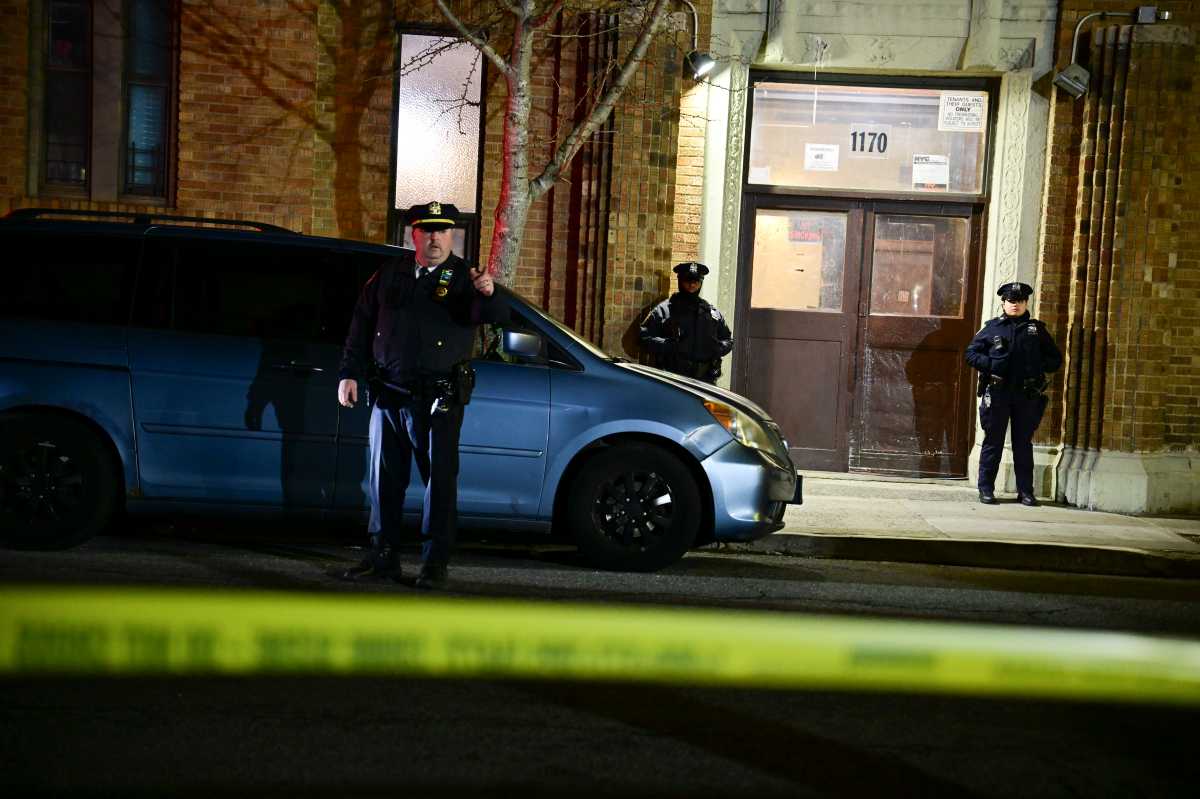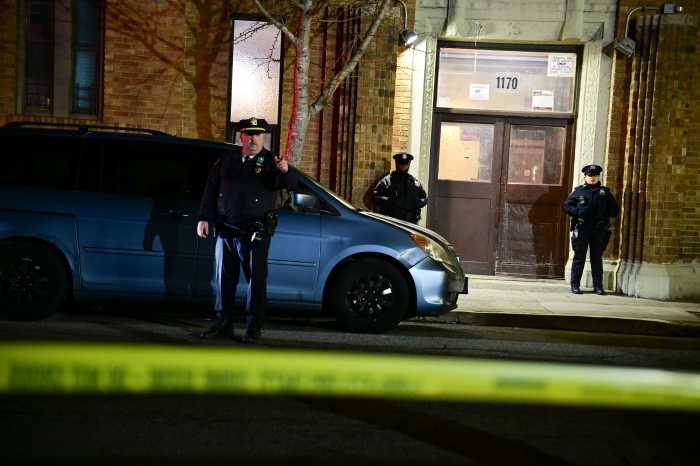Every week viewers tune in to CBS-TV for the hit drama series CSI: Crime Scene Investigation. Now children eight years of age and older throughout Queens can take part in another CSI: Crime Scene Insects, beginning June 24th and running through September 10th at the New York Hall of Science, located at 47-01 111th Street in Flushing Meadows-Corona Park. It will allow kids to explore forensic entomology, one of the most interesting areas of criminal investigation. The exhibition will explore the use of live flies, maggots, beetles and other creepy-crawlies to help solve crimes.
Recreated crime scenes allow Hall guests to collect evidence and solve the crimes. Details about the history of forensic entomology, field and lab equipment used by forensics experts, and information about insect life cycles will be part of the experience.
Forensic entomology has been an integral part of criminal investigation scenes as far back as 13th-century China, where a murder was solved by identifying the killer’s weapon from the presence of flies feeding on bits of tissue and blood still clinging to the weapon.
Insects can provide important clues that help investigators tie suspects and victims to a crime-scene; determine the timing of the crime and the role of drugs or toxins in a crime scene. Although more than 500 species of insects in North America are helpful to forensic entomologists, flies and beetles are of particular importance as they are the first to visit a decomposing body.
Exhibition highlights include recreated crime scenes with life-sized figures that allow visitors to collect and analyze evidence and draw conclusions about the crimes; simulated morgue drawers containing medical models of cadavers - one drawer showing the insects that reside in a decomposing body shortly after death, and one showing a body in a more advanced state of decomposition; a time line of forensic entomology from 13th-century China to present day; stroboscopic sculpture “The Fly Wheel” that animates the fly life cycle; field and lab equipment used by forensic investigators; and the CSI Discovery Cart with live, interactive demonstrations on forensic insects, ranging from life cycles to the tools used to collect them as evidence.



























